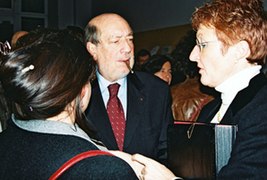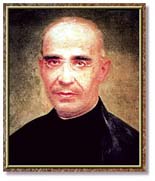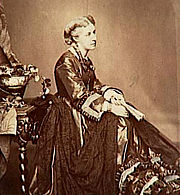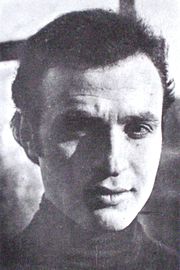Design
Design
Personality
Chart Properties
Your Cross represents the specific theme of your life. This cross embodies your unique potential & the lessons you're here to learn, providing a roadmap to fulfilling your life purpose.
We use the UTC birth time and date to do the calculations required to generate your Human Design chart.
Buy Tokens
Pay as you use, no expiry and no subscription required.Prompt Ideas
Get inspired with some epic prompt ideas.Umberto Eco's Biography
Italian teacher and writer, an essayist and researcher, whose 1980 novel, “Name of the Rose,” was made into a 1986 film. A medieval scholar for more than 30 years, with special interest in semiotics (the study of signs), his main claim to fame had been a chatty weekly column in Italian newspapers until his phenomenal overnight success with his gripping novel. He is considered a “colossus of learning,” with 13 honorary doctorates and governmental honors.
Eco grew up in a lower middle class background in Alessandria, a medieval fortress city about 60 miles south of Milan. His father was an accountant, and wanted Eco to become a lawyer, but he was drawn to philosophy while studying at the University of Turin and wrote his thesis on Thomas Aquinas. He received his doctorate there in 1954. After college, he went to work at the cultural desk of RAI, Italy’s state-owned TV network. When that job was completed, he began teaching at the University of Florence and later Bologna.
He became associated with writers concerned with social change known as the ‘Gruppo 63,’ forming a literary movement that flourished in Italy during the late ’50s and most of the ’60s. His work, “The Open Work,” published in 1962, served as a theoretical manifesto for the ‘Gruppo 63.’
Throughout his career, he combined research and writing with teaching. His early faculty positions included being assistant lecturer in aesthetics from 1956-1963 and lecturer in 1963-1964 at the University of Turin, and lecturer in the department of architecture at the University of Milan from 1964-1965. For about 17 years, beginning in 1959, he was also employed as a nonfiction editor for the Bompiani publishing house. One of his first books for Bompiani, which he edited in 1961, was published by MacMillan in 1963 as “The Picture History of Inventions from Plough to Polaris.”
Eco is considered an expert on semiotics, the study of signs, a subject that only a few hundred people in the world have mastered. The subject focuses on sign systems, such as flags, musical notes, medical symptoms, even clothing. Eco has written complex textbooks to codify his own ideas, such as “A Theory of Semiotics,” in 1976. He speaks five modern languages fluently, is comfortable with classical Greek and laces his writing with long Latin quotations. He writes weekly columns in the mass-market Italian news magazine, “L’Espresso.” His essays are also famous.
At Bompiani in 1960, he met Renate Ramge, a German-born graphic artist who now teaches. They were married 9/24/1962 and have two children, Stefano and Carlotta. Eco is a bearded, robust man, noted for his wit, exuberance and obliging manner. In 1966, he migrated to Milan Polytechnic as a professor of semiotics. He resides in Milan with a library that houses over 30,000 books, and retains a professorship at the University of Bologna.
In 1956, he published his first work, which was an extension of his doctorate thesis. His second work, “Svillupo dell’ Estetico Medievale” established him as one of the foremost thinkers of medievalism. His 1988 novel, “Foucault’s Pendulum,” involved occult themes and conspiracies.
Link to Wikipedia biography
Umberto Eco
Your Cross represents the specific theme of your life. This cross embodies your unique potential & the lessons you're here to learn, providing a roadmap to fulfilling your life purpose.
We use the UTC birth time and date to do the calculations required to generate your Human Design chart.
Prompt Ideas
Get inspired with some epic prompt ideas.

Hervé Bourges
5/1 Emotional - Solar Plexus ProjectorDaniel Bouton
5/1 Emotional - Solar Plexus ProjectorAdrian Smith
3/5 Emotional - Solar Plexus Manifesting Generator

Luis Martin Garcia
2/4 Sacral Generator

Blandine Liszt
4 / 1 Emotional - Solar Plexus Manifesting Generator





